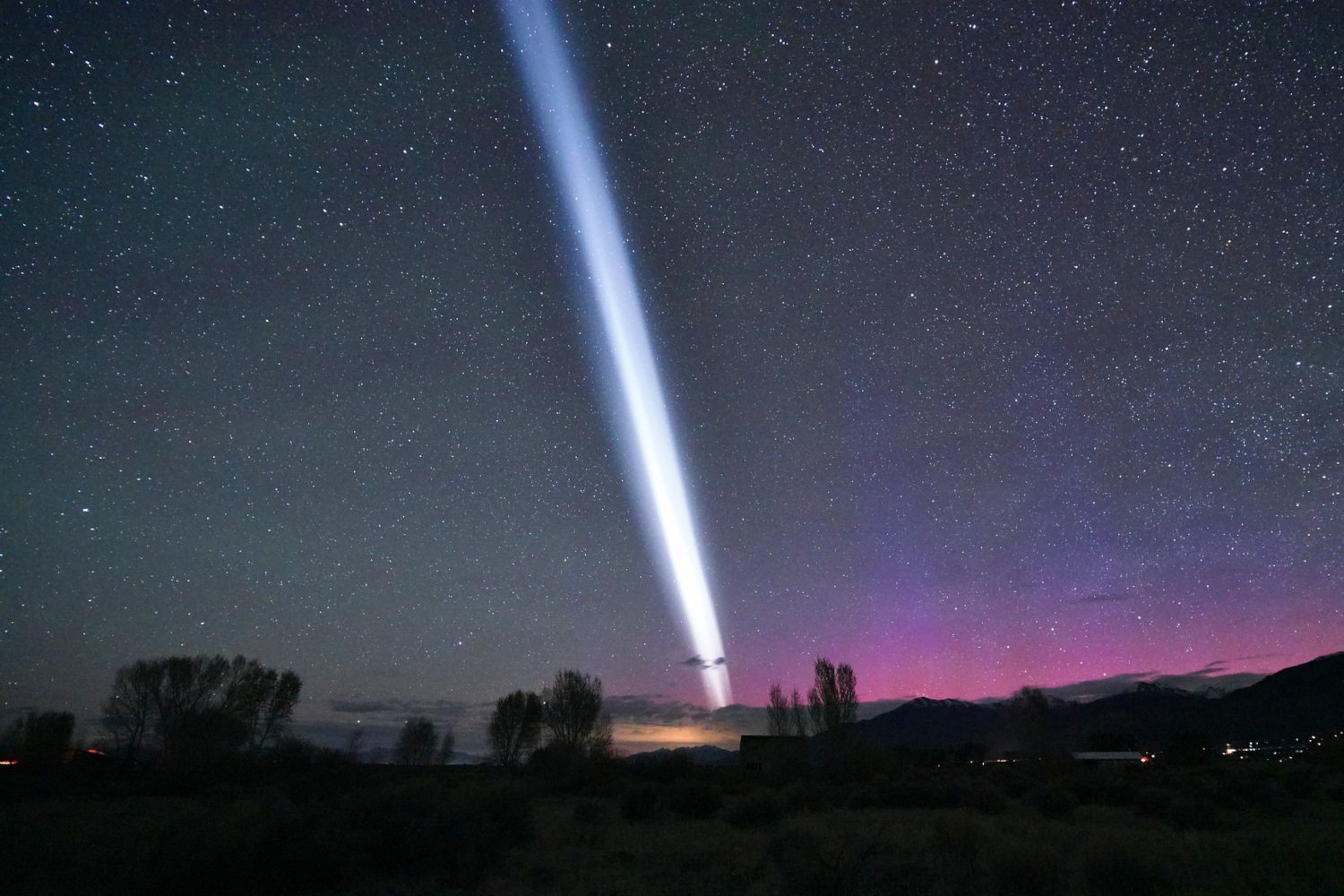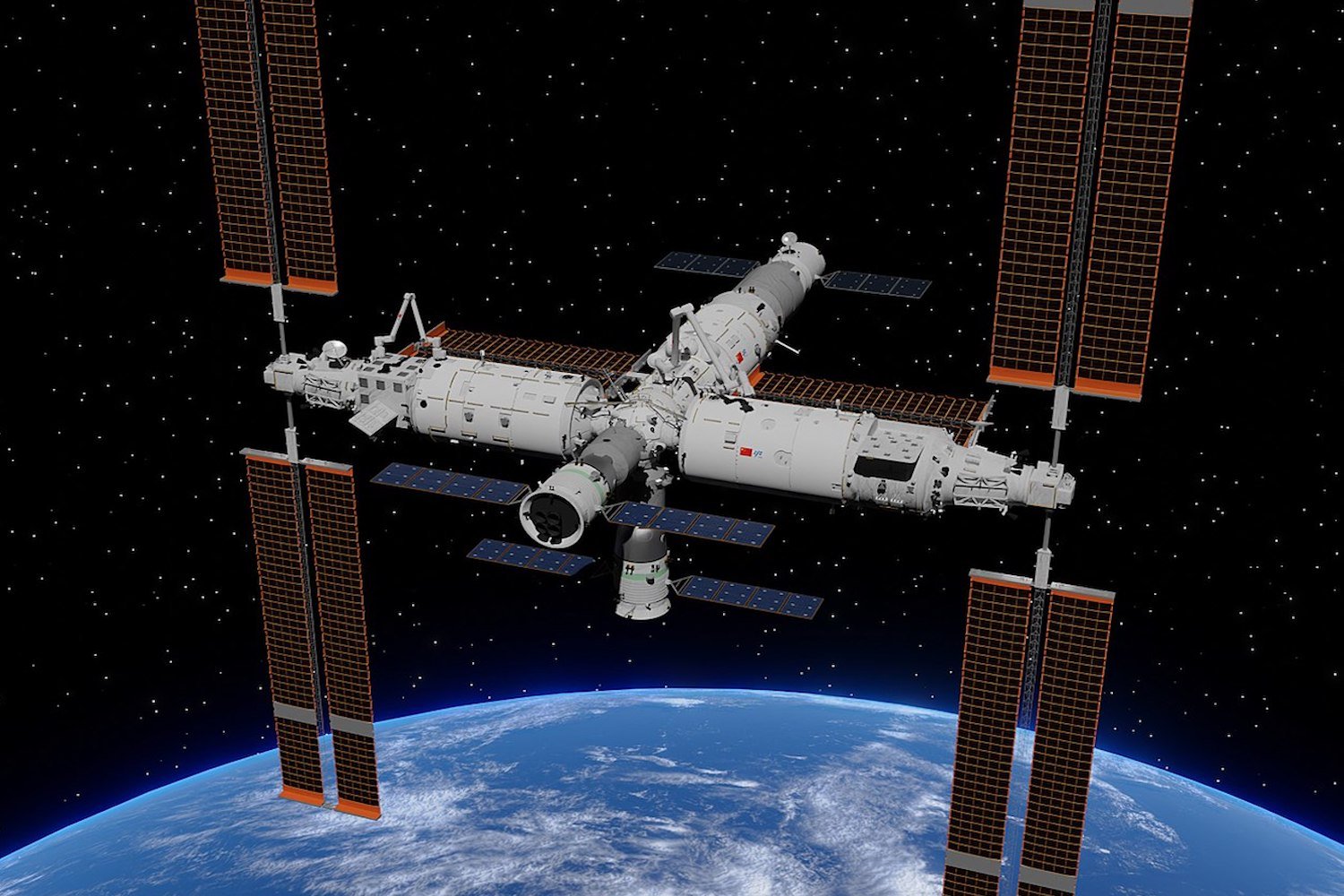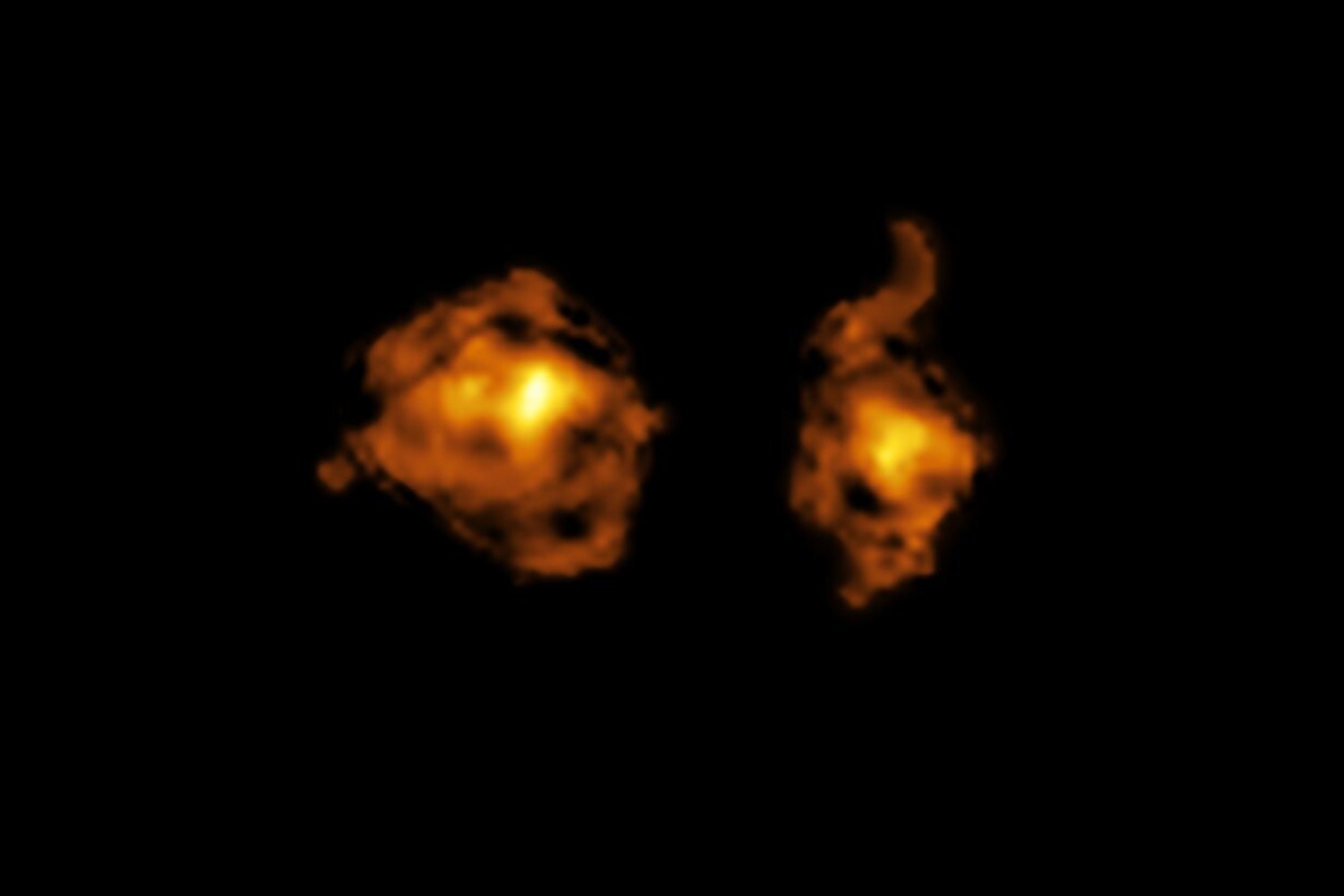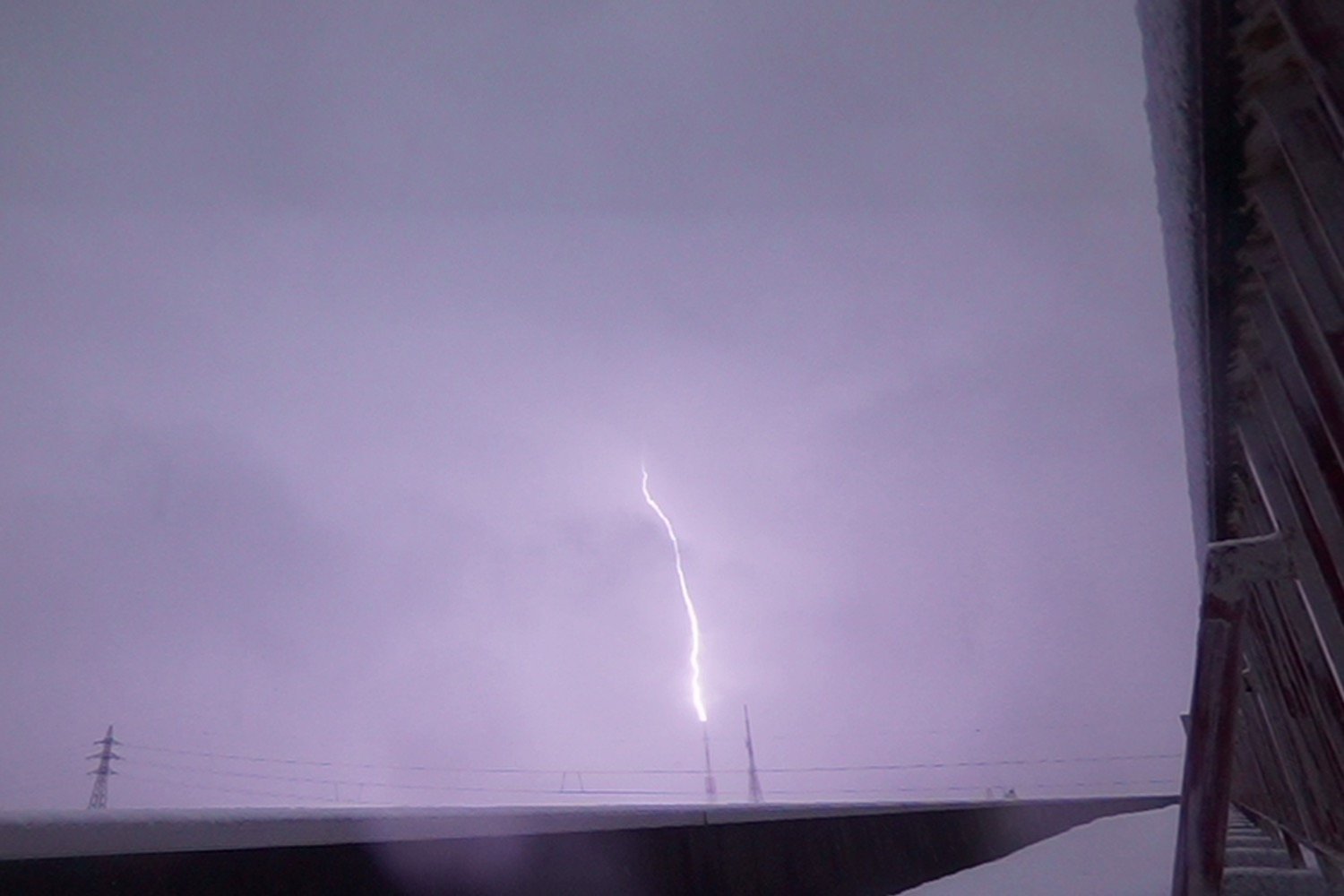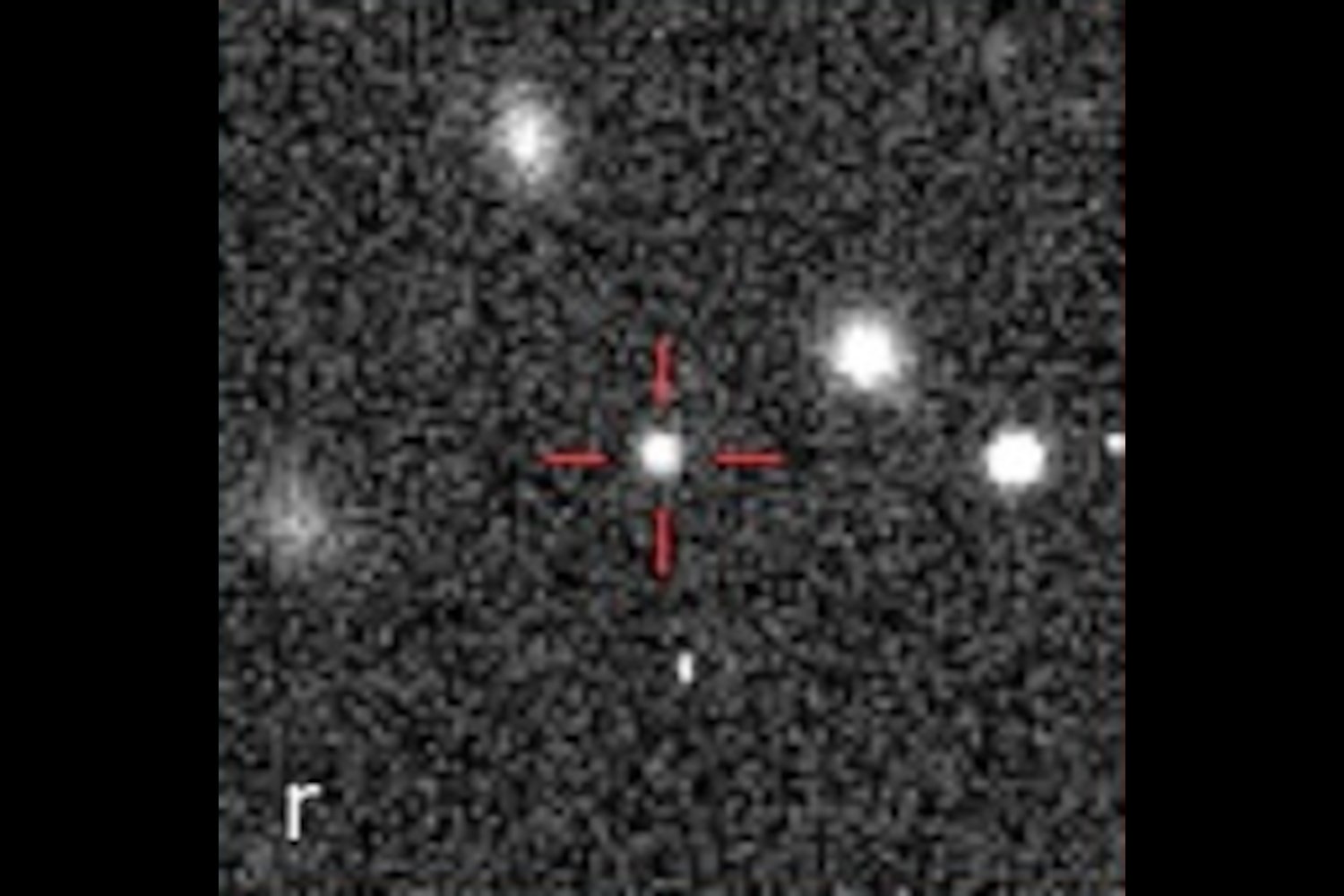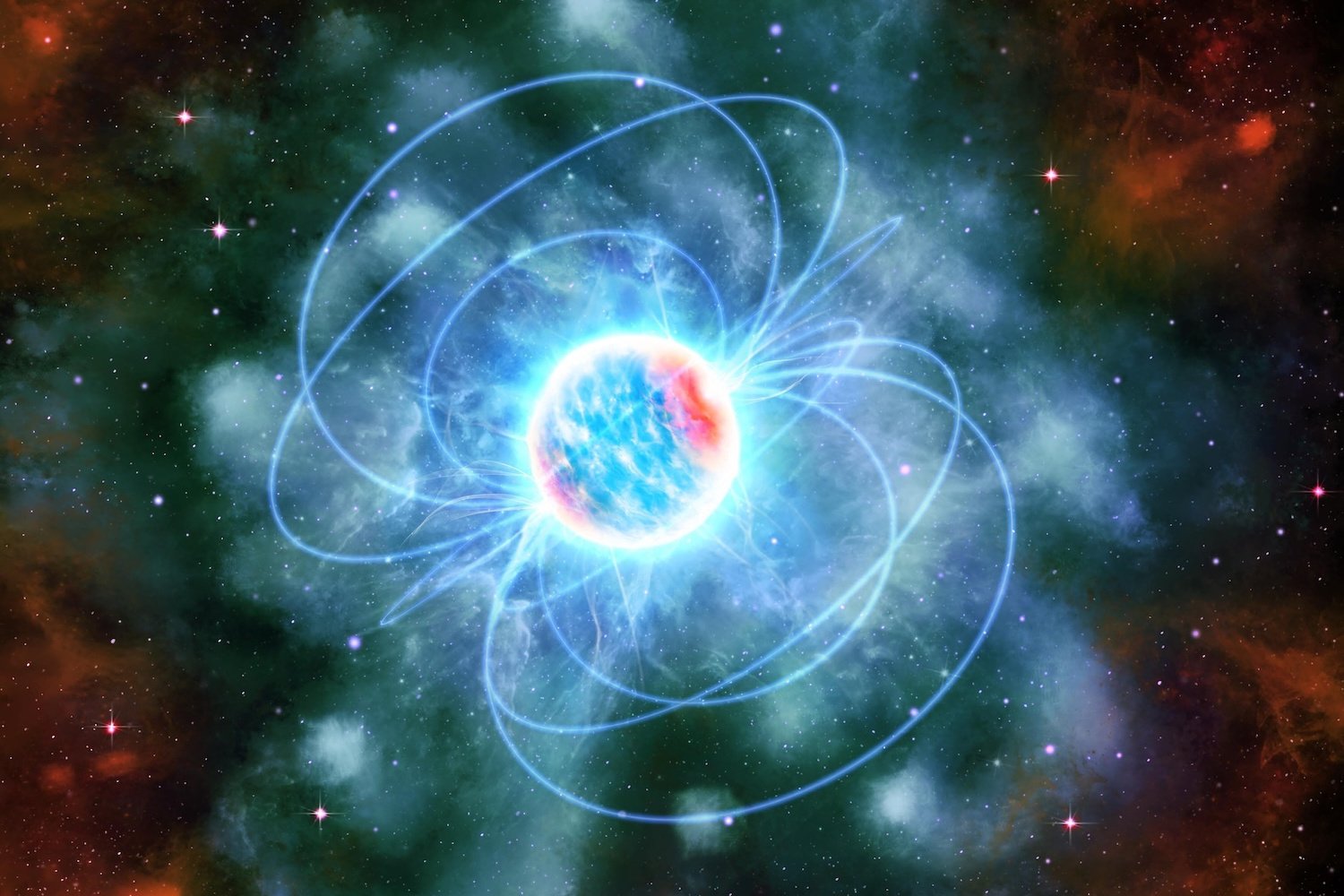The meticulous world of spacecraft assembly demands absolute precision, where even the smallest oversight can jeopardize a mission. Cleanrooms, designed to provide a sterile environment for spacecraft preparation, are crucial in this process. However, a recent study reveals that even these highly regulated spaces can harbor resilient microorganisms, some previously unknown to science.
This groundbreaking research, published in the journal Microbiome, unveils the discovery of 26 new bacterial species within the cleanroom used to assemble NASA’s Phoenix spacecraft prior to its 2007 Mars mission. This finding underscores the potential risks of microbial contamination during space missions and the unintentional introduction of terrestrial life to other planets.
Scientists from NASA’s Jet Propulsion Laboratory, along with researchers from institutions in India and Saudi Arabia, sequenced 215 bacterial strains collected from the cleanroom. These samples were gathered at various stages: before the Phoenix spacecraft’s arrival, during its assembly and testing, and even after its transfer to the launchpad. Among these strains, 53 were identified as belonging to 26 entirely new species.
“Our study focused on understanding the potential transfer of extremophiles during space missions and identifying microorganisms capable of surviving the harsh conditions of space,” explains Alexandre Rosado, a researcher at the King Abdullah University of Science and Technology (KAUST) and lead author of the study. This research is critical for mitigating microbial contamination risks and preventing the inadvertent colonization of other planets during exploration.
NASA cleanrooms are designed to be inhospitable to life, with tightly controlled temperature, humidity, and airflow to minimize dust and bacteria. Ironically, the very conditions that make these environments so stringent may also select for microorganisms capable of surviving the rigors of space travel. Many of the newly identified bacteria exhibited remarkable resistance to decontamination and radiation, possessing unique genetic defense mechanisms including DNA repair, enhanced metabolism, and detoxification capabilities.
Beyond the implications for space exploration, this discovery also holds potential for terrestrial applications. “Space travel offers a unique opportunity to study microorganisms with valuable stress-resistance genes,” notes Junia Schultz, a postdoctoral fellow at KAUST and first author of the study. These genes, identified in the newly discovered species, could have applications in medicine, food preservation, and various other industries.
The findings of this study raise crucial questions about current cleanroom design and protocols, suggesting a need for reevaluation and potential improvements to prevent future contamination risks. The resilience of these newly discovered bacterial species highlights the challenges of maintaining sterility in extreme environments and the importance of ongoing research to understand and mitigate these risks.
In conclusion, this study not only expands our understanding of microbial life in extreme environments but also emphasizes the need for continuous refinement of planetary protection measures in space exploration. The potential applications of these resilient microorganisms on Earth further underscore the value of investigating life beyond our planet.




